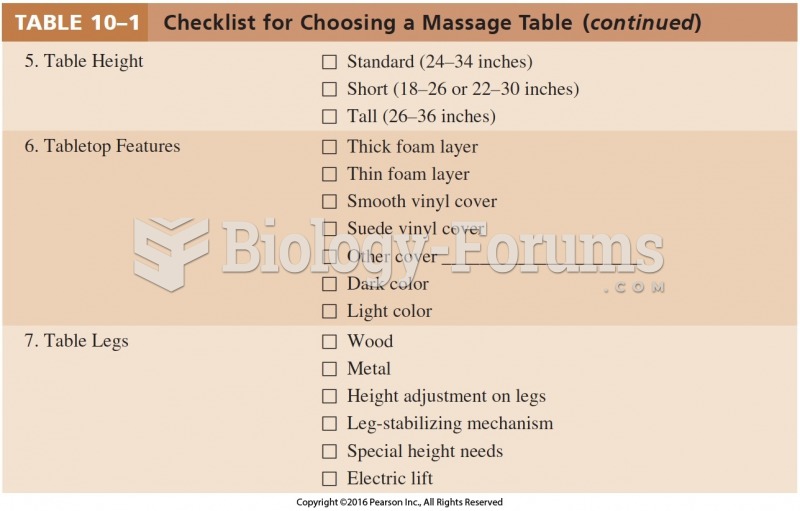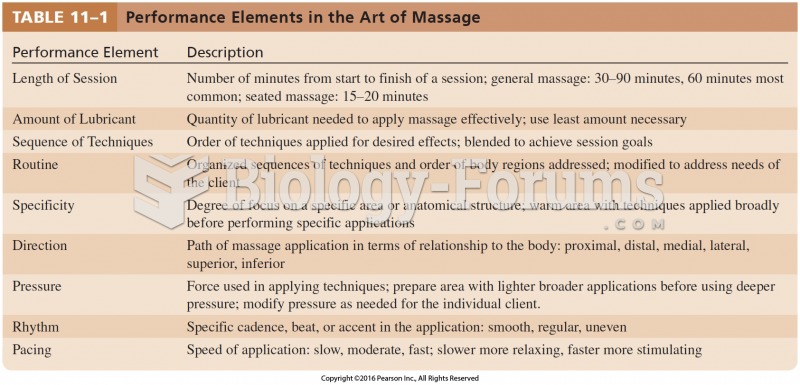What is the research purpose?
a. This study was undertaken to explore the effect of massage on total hours of sleep per 24-hour day, in persons averaging fewer than 7 hours of sleep per night, attributable to insomnia.
b. It was posited that provision of daily late-morning massage would affect total hours of sleep per 24-hour day.
c. Presumably by increasing endorphin levels, massage seems to provide an immediate relaxation and an ability to sleep immediately following the session, but it is unclear whether these benefits actually extend to total sleep, despite anecdotal support. The claim that massage increases total hours of sleep has been inadequately researched.
d. The study's causational explanation was based on the physiologic matrix of McCarthy, which includes effects of endorphins on sleep, learning ability, pain, digestive function, and cardiac output.
Question 2
What is the research assumption?
a. This study was undertaken to explore the effect of massage on total hours of sleep per 24-hour day, in persons averaging fewer than 7 hours of sleep per night, attributable to insomnia.
b. It was posited that provision of daily late-morning massage would affect total hours of sleep per 24-hour day.
c. It was taken as established fact that massage is pleasant, that research subjects getting fewer than 7 hours of sleep per night were sleep-deprived, and that endorphins mediated the changes observed.
d. Presumably by increasing endorphin levels, massage seems to provide an immediate relaxation and an ability to sleep immediately following the session, but it is unclear whether these benefits actually extend to total sleep, despite anecdotal support. The claim that massage increases total hours of sleep has been inadequately researched.







